Nelson Mandela Day: Art as a Catalyst for Change
In the pantheon of great leaders who have graced the annals of human history, few stand as tall and majestic as Nelson Mandela. His lifelong struggle against the oppressive apartheid regime in South Africa, culminating in his election as the first black head of state, is a testament to the power of perseverance, courage, and an unwavering commitment to justice. As we gather each year on the 18th of July to celebrate Nelson Mandela Day, we honor not only the man but also the values he embodied and the legacy he left behind.
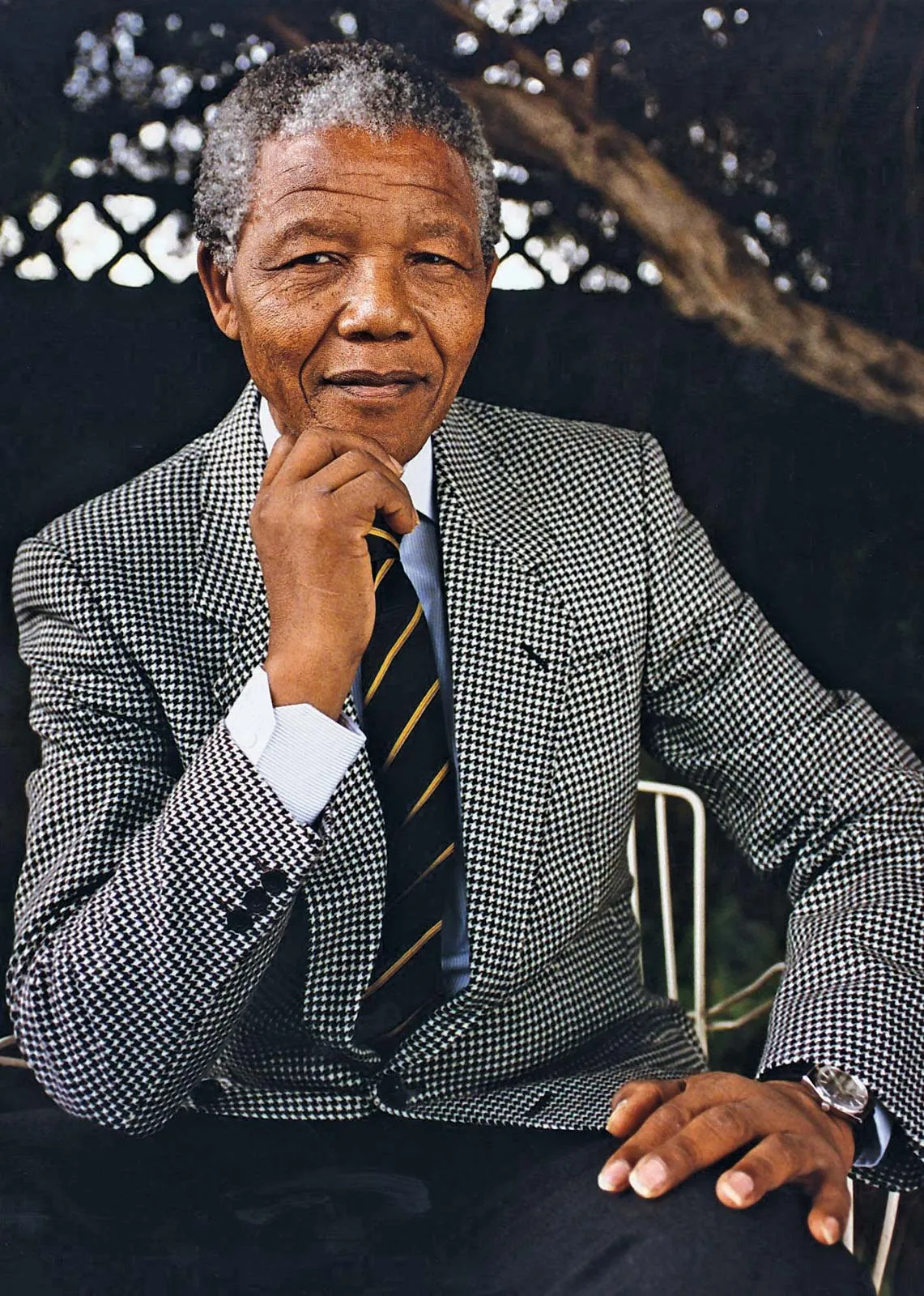
Mandela’s message of unity, equality, and freedom transcends national borders, inspiring global action for social change. One medium through which this message reverberates is art, a potent form of expression that can convey emotions, ideas, and perspectives beyond the limits of language, culture, and social barriers. This journal delves into the role of art as a catalyst for change, exploring various examples of art inspired by Nelson Mandela Day and their impact on social change and awareness.
Art as a means of expression and communication
Art, in its myriad forms, has long been recognized as a powerful means of expression and communication. From the cave paintings of our ancient ancestors to the provocative installations of contemporary artists, art has served as a conduit for human emotions, ideas, and perspectives. This ability to communicate complex, often intangible concepts through visual, auditory, or performative means is what sets art apart from other forms of communication.
In the context of social activism and raising awareness, art can be a particularly effective tool. Art can evoke visceral reactions, create empathy, and open the doors to conversations and understanding that might otherwise be closed. As such, it is no surprise that art has played a central role in many social movements throughout history, from the anti-war protests of the 1960s to the ongoing fight for racial justice and equality.
Examples of art inspired by Nelson Mandela Day
In celebration of Nelson Mandela Day, artists from around the world have come together to create works that honor Mandela’s life, values, and vision for a better world. These artistic expressions take many forms, ranging from murals and street art to music, spoken word performances, theater, and dance.
Murals and street art
In cities across the globe, walls have been transformed into canvases for vivid depictions of Mandela and his messages of hope and perseverance. One such example is the mural created by Irish artist Jim Fitzpatrick, titled “The Children of the Rainbow,” which features Mandela surrounded by children of different races, symbolizing his vision of a united, multiracial South Africa.
In Cape Town, the “Mandela Wall” serves as a community engagement project that invites local residents to contribute messages and artwork inspired by Mandela’s values. This collaborative effort not only beautifies the urban landscape but also fosters a sense of unity and shared purpose among community members.
Music and spoken word performances
Artists and musicians have also used their talents to create songs and poetry inspired by Mandela’s life and values. The iconic song “Free Nelson Mandela” by The Specials became an anthem for the anti-apartheid movement, spreading awareness and inspiring solidarity around the world. In more recent years, artists such as Beyoncé and U2 have also paid tribute to Mandela through their music, raising awareness of the ongoing fight for social justice.
Spoken word artists and poets have similarly drawn inspiration from Mandela’s legacy, using their words to paint pictures of his life, struggle, and the world he hoped to create. These performances have the power to evoke strong emotions and create connections between the audience and the stories being told, fostering empathy and understanding.
Theater and dance performances
Theater and dance companies have also taken up the mantle of telling Mandela’s story and highlighting the struggle for social justice. In 2018, the world premiere of “Madiba the Musical,” a French production, combined music, dance, and drama to celebrate the life and work of Mandela. Through powerful performances and evocative storytelling, the audience is transported to the heart of the fight against apartheid, gaining insight into the experiences, emotions, and triumphs of those who lived through it.
Similarly, dance performances inspired by Mandela’s life and legacy have captivated audiences with their ability to express complex emotions and narratives through movement. The Alvin Ailey American Dance Theater’s “Ode to Mandela” is a poignant example of this art form, with choreography that captures the strength, resilience, and hope embodied by Mandela and his fellow freedom fighters.
The impact of art on social change and awareness
The artistic expressions inspired by Nelson Mandela Day serve not only as tributes to the man but also as catalysts for social change and awareness. Through various forms of art, individuals and communities can educate themselves, engage in dialogue, and find empowerment to take action.
Art as a means to educate and inspire
Art has the unique ability to share historical context and personal stories in a way that resonates with audiences. Through paintings, songs, plays, and other artistic mediums, the stories of Mandela and others who fought for social justice can be brought to life, fostering empathy and understanding among those who experience the art.
In South Africa, for example, the Iziko South African National Gallery has curated exhibitions focused on the struggle against apartheid, using art to educate visitors about the country’s complex history and the role of figures like Mandela in shaping its present and future.
Art as a platform for dialogue and collaboration
Art can also serve as a platform for dialogue and collaboration, creating opportunities for diverse voices and perspectives to be heard. By engaging with art inspired by Mandela and his values, individuals from different backgrounds can find common ground and forge connections.
Projects like the aforementioned Mandela Wall in Cape Town demonstrate the potential of art to bring people together, fostering a sense of community and shared purpose. Such collaborative endeavors can lead to ongoing conversations and connections that extend beyond the realm of art itself.
Art as a tool for empowerment and action
Lastly, art inspired by Nelson Mandela Day can be a powerful tool for empowerment and action. By experiencing the emotions, stories, and messages conveyed through art, individuals can find inspiration to take action for social change, whether on a local or global scale.
The role of art in fostering resilience and hope cannot be overstated. In the face of adversity and injustice, art can serve as a beacon, reminding us of the power of human spirit and the potential for transformative change.
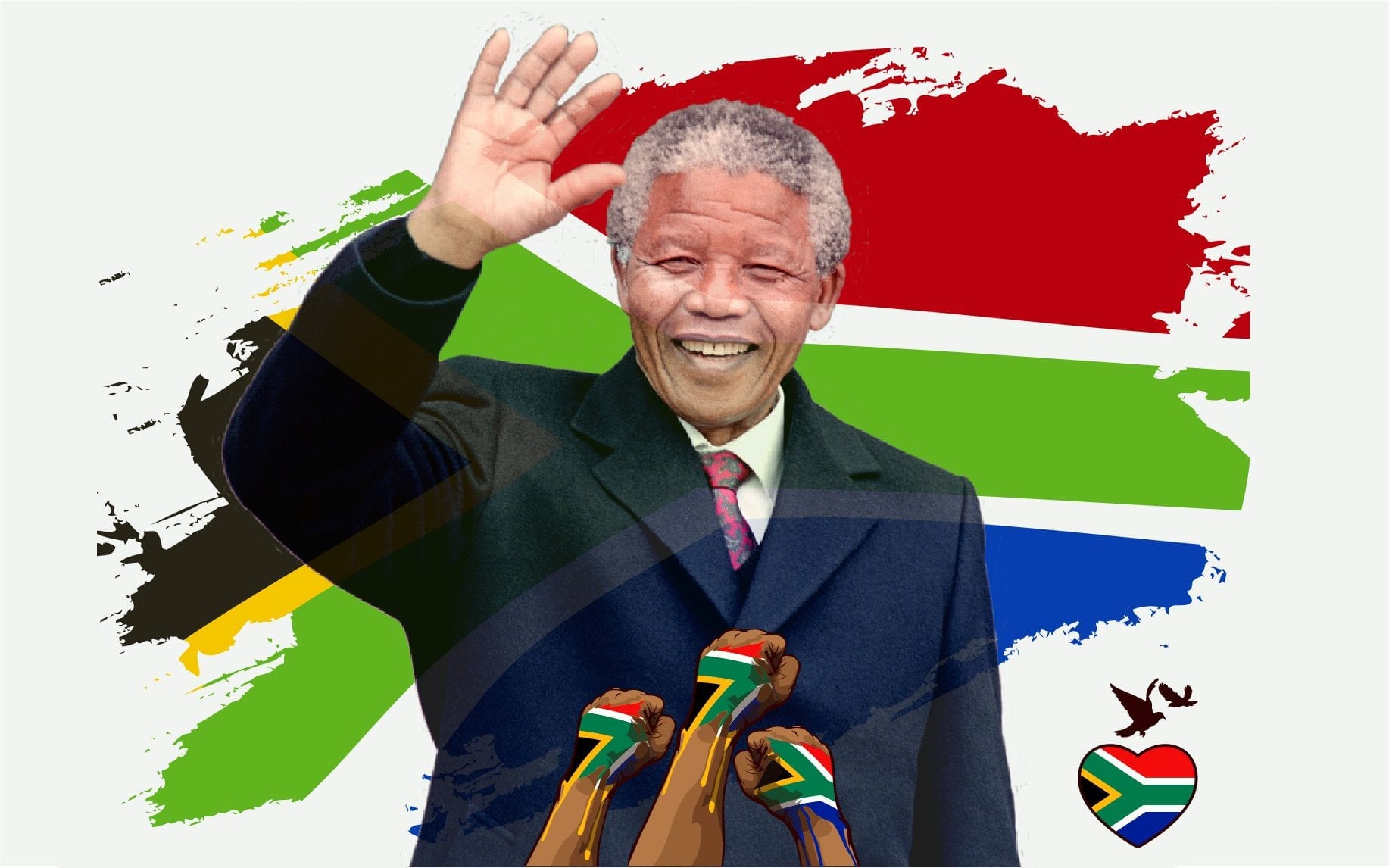
Throughout this journal, we have explored the power of art as a catalyst for change, examining the diverse array of artistic expressions inspired by Nelson Mandela Day and their impact on social change and awareness. From murals and street art to music, spoken word, theater, and dance, these works serve as vehicles for communication, education, dialogue, and empowerment.
As we celebrate Nelson Mandela Day each year, we must remember the lasting legacy of Mandela’s message and values. Art plays a crucial role in keeping his legacy alive, inspiring individuals and communities to work together in pursuit of a more just, equitable, and united world.
In this spirit, let us all seek to engage with art, to learn from it, and to use it as a catalyst for positive change in our communities and beyond. By doing so, we not only honor the memory of Nelson Mandela but also contribute to the realization of his dream for a better world.
FAQ - Nelson Mandela Day: Art as a Catalyst for Change
1. How did Nelson Mandela contribute to change?
Nelson Mandela contributed to change as a tireless anti-apartheid activist, political prisoner, and later as the first black head of state in South Africa. He was instrumental in dismantling the oppressive apartheid regime and advocating for racial equality, social justice, and reconciliation. His leadership and unwavering commitment to justice inspired millions around the world and paved the way for transformative change in South Africa and beyond.
2. What is the purpose of celebrating Nelson Mandela Day?
The purpose of celebrating Nelson Mandela Day is to honor the life and legacy of Mandela, as well as to promote his values of freedom, equality, and social justice. The day serves as a reminder of Mandela's message and a call to action for individuals and communities around the world to work together in pursuit of a more just, equitable, and united world.
3. What is the message of Nelson Mandela Day?
The message of Nelson Mandela Day is one of unity, equality, and freedom. It encourages people to take action in their communities, embodying the spirit of Mandela's life and values, and working towards a better world. By engaging in acts of kindness, volunteer work, or social activism, individuals can contribute to the ongoing fight for social justice and help create positive change.
4. How does Mandela Day support the community?
Mandela Day supports the community by fostering a sense of unity, shared purpose, and collaboration. By celebrating Mandela's legacy and participating in activities inspired by his values, individuals and communities can come together, engage in dialogue, and work collectively to address pressing social issues. Mandela Day also provides an opportunity to raise awareness about ongoing struggles for justice and equality, inspiring action and empowering people to make a difference in their communities.
5. How can art be a catalyst for change?
Art can be a catalyst for change in a multitude of ways. It can challenge societal norms, express emotion and inspire action. It provides a way to communicate messages and ideas that might be difficult to express through other mediums. Art can spark dialogue, encourage empathy, and drive people to think critically and question the status quo. It can also give a voice to those who might not otherwise be heard.
6. What changes did Nelson Mandela bring?
Nelson Mandela brought significant changes to South Africa and the world. He led the struggle against apartheid, which resulted in the end of this oppressive system and established a democratic South Africa. Mandela’s presidency focused on reconciliation, peace, and unity. He also prioritized social justice issues such as education and healthcare, and worked tirelessly to eliminate poverty and inequality. Mandela's leadership style and his commitment to justice and equality have influenced leaders around the world.
7. How did Nelson Mandela change the world today?
Nelson Mandela's influence extends far beyond the borders of South Africa. His commitment to justice, reconciliation, and equality has had a profound impact globally. His peaceful resistance against the apartheid system has influenced many movements for civil rights and freedom across the world. Moreover, Mandela's story has inspired individuals worldwide to stand up against injustice and inequality. His legacy continues to motivate and guide people towards creating a more just and equitable world.

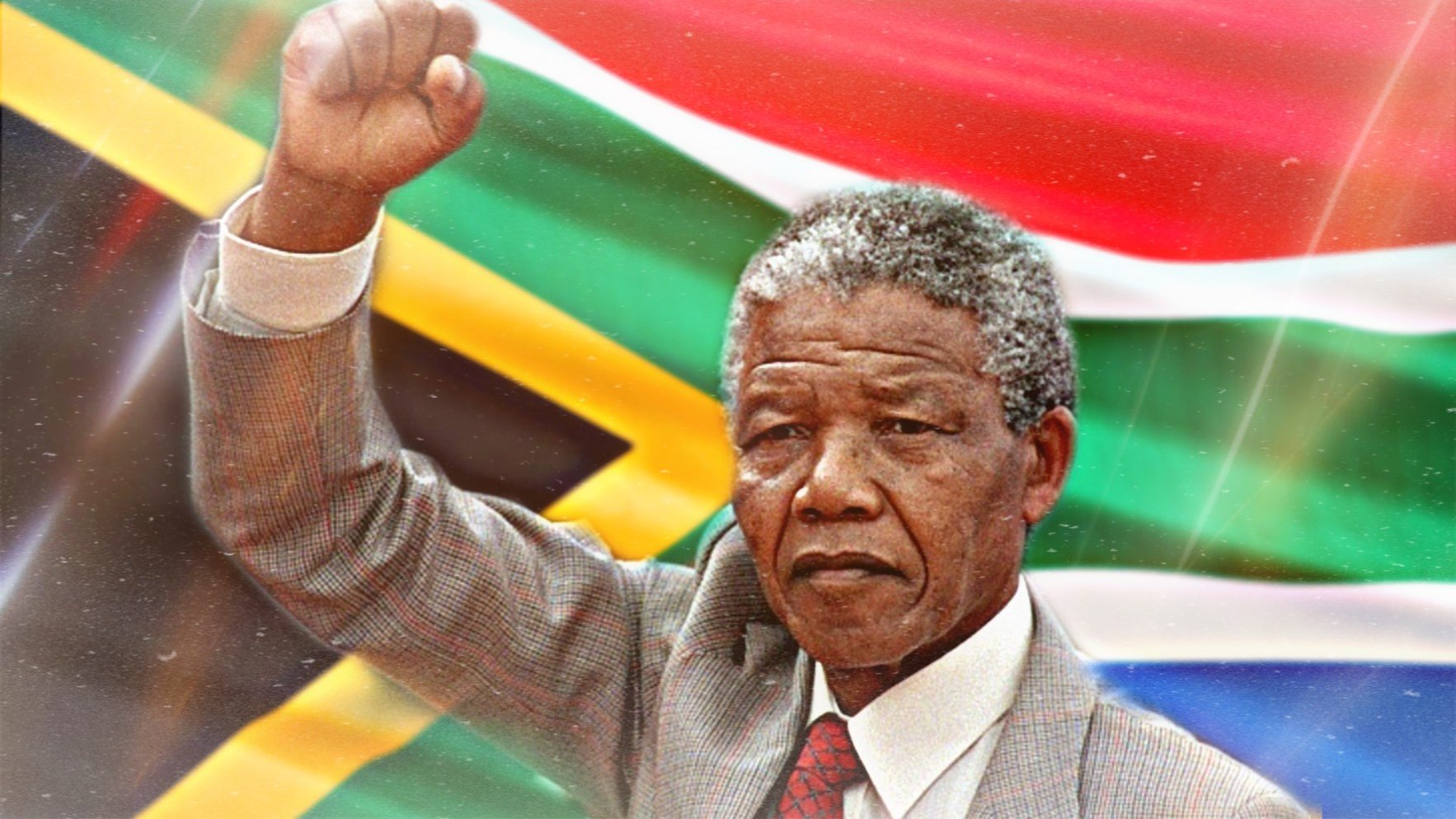

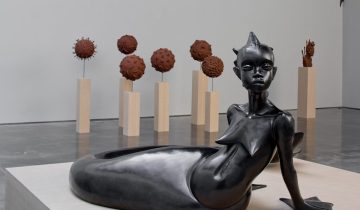
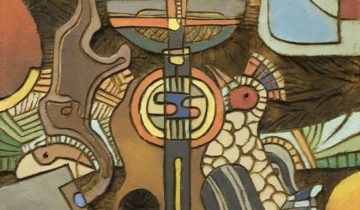
 No products in the basket.
No products in the basket.